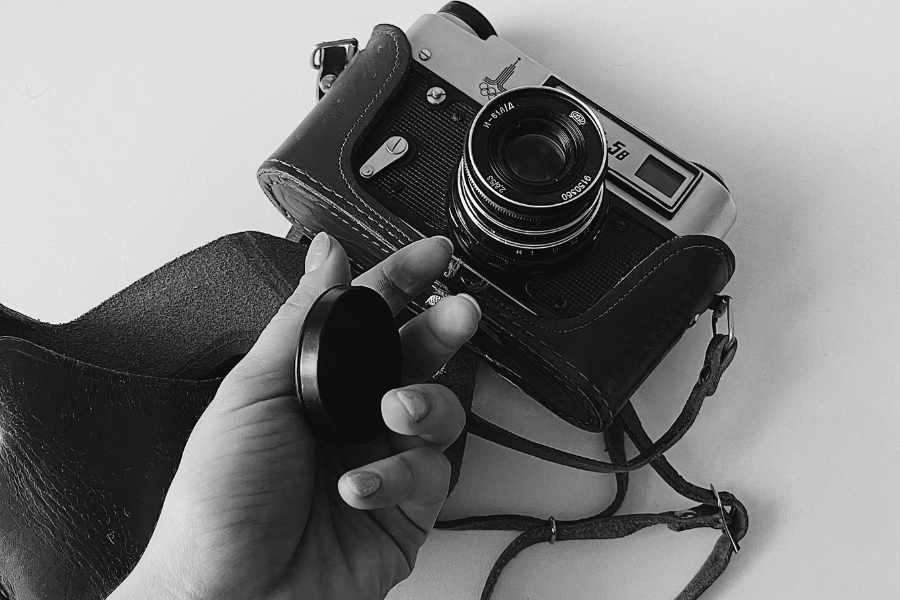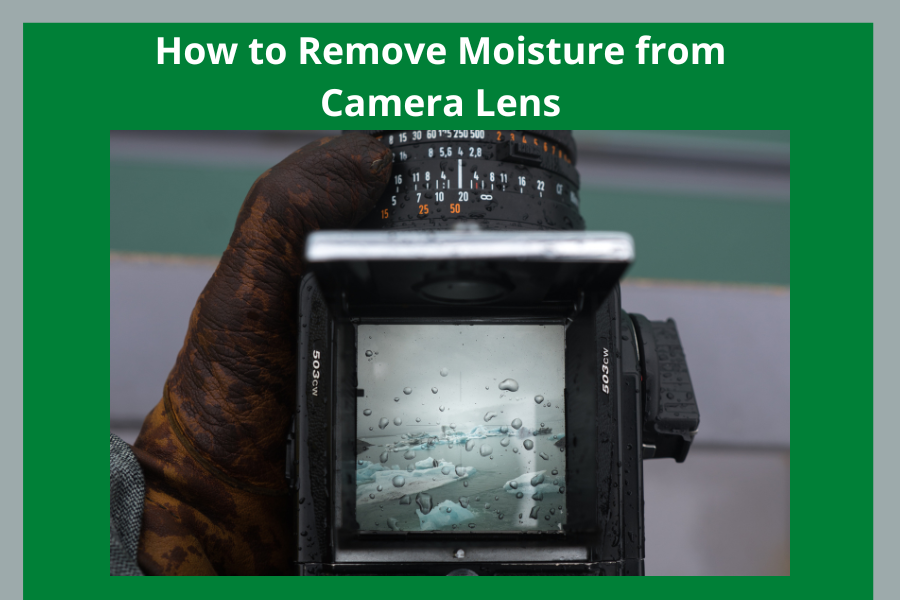As an Amazon Associate I earn from qualifying purchases.
Introduction:
In this era, we can’t finish describing the usefulness of a camera for capturing our priceless moments and storing the pictures for a lifetime. We can get the best out of this device if we know how to use it properly. However, we might not always protect the camera lens from all accidents. You have nothing to worry about condensation in your camera lens. This content on removing moisture from a camera lens will immediately save your lens from potential damage.

Does Moisture Harm Camera Equipment?
Having moisture on your camera does not necessarily mean it will harm your camera equipment permanently. However, if you don’t take the necessary measures to prevent or remove moisture from the camera lens, your camera may remain workable due to moisture build-up. Mould or moisture can damage the internal equipment of your camera, thus, may lead to the camera’s malfunction. So, you must try to remove moisture from your camera lens right the moment you notice it and don’t allow the moisture to form inside the camera.
Tips to Remove Moisture from Camera Lens
Tip 1: Keeping the Camera at a Warm Temperature
Keep your camera in sunlight or other warming sources. If the lens is foggy, but there is no sunlight, you must carry on shooting and turn a heater on. Make sure you provide enough heat that can remove moisture gradually. It may take approximately 15 minutes to dry up your camera lens. If there is neither sunlight nor a heater, wave a hairdryer around on low heat. Whatever you use that warms up your camera equipment, always be careful not to give too much heat to the camera. Extreme heat may damage the electrical components very severely.
Tip 2: Keeping the Camera in Uncooked Rice
Keeping your camera in uncooked rice is a fantastic way to remove moisture from the camera lens. Please don’t put the camera directly in the rice container. Instead, put it in an airtight bag that contains rice. By following this fabulous way, you can remove moisture from the camera lens and get the camera back in working condition.
Tip 3: Using Silica Gel or Dehumidifier
A camera user should bring a silica gel packet while traveling. A silica gel packet allows better airflow and entirely prevents moisture from forming within the camera. Elsewhere, you can also count on a hydrosorbent silica dehumidifier tin which also gives the same result. Both a silica gel packet and a dehumidifier work in the same way.
Using the above tips, you can effectively remove moisture from forming inside your camera lens in the first place. When the situation goes wrong, choose the best option and speed up the procedure with which moisture from your camera transforms.
The Steps to Prevent Moisture from Camera
As a user, it might be worrying for you to see moisture in your camera. As expected, the user must try to wipe away the moisture soon as they see it into the front element of his camera lens. Before the moisture goes deep within the camera elements, check out some steps that will help you improve how you care for your camera.
Step 1: Protect Camera from Water Sources
You will see moisture in your camera when there are some changes in the humidity or air temperature. So, keep the temperature or the camera above the ‘dew point’ and protect the lens. Too much cold or warm temperature is the reason for your camera getting wet. When you take your camera to a waterfall and see a steamy landscape there, ensure your camera is protected from water sources.
Step 2: Cover the Camera to Keep it Warm
To keep your camera warm, you can use DIY methods to make a camera cover or buy one from a shop. A thin piece of plastic cover can be a great savior to prevent your camera from getting wet. If you don’t have a rain cover, you can use a plastic bag also.
Step 3: Let Your Camera Acclimatize
In the last stage, you must allow your camera lens or equipment to acclimate to prevent moisture from forming inside the camera gear. We notice a drastic change in weather when we move from one place to another. Acclimatization will help the camera adapt to the surrounding temperature without forming moisture. Following this process will help your camera to regulate the changes in atmosphere or temperature.
FAQs:
What Should I do when my iPhone camera is foggy?
Leave your iPhone somewhere that may take some weeks or days to dry. However, there is nothing to do except change the camera module at an authorized camera repair place if the water leaves a deposit in your iPhone camera lens.
Does keeping my phone in rice to dry work?
Though it is widely believed that rice dries out moisture from the phone, it’s not a practical solution. Putting the phone in a rice container may harm the mechanisms of your phone, let alone dry it out.
Does a hair dryer work to dry a phone camera?
Don’t dry up your phone with a blow dryer because the heavy heat of the machine may harm the phone. Take the phone cover off, remove the sim, battery, and other removable parts and dry them off.
Will I get warranty repairs from any shop to my camera gear due to mold or moisture damage?
No. You will not get any warranty repairs for camera lens damage due to condensation as they consider it damage due to water.
Final Thoughts
Moisture in your camera doesn’t harm the camera as water does, but you mustn’t be late while seeing moisture in it. When you see moisture forming on your camera lens, try any of the above tips to dry up your camera lens immediately. If you still find it problematic to dry up, consult an expert from a repair center and get professional assistance. Hopefully, this content has successfully fulfilled your requirements on how to remove moisture from the camera lens.
As an Amazon Associate I earn from qualifying purchases.

